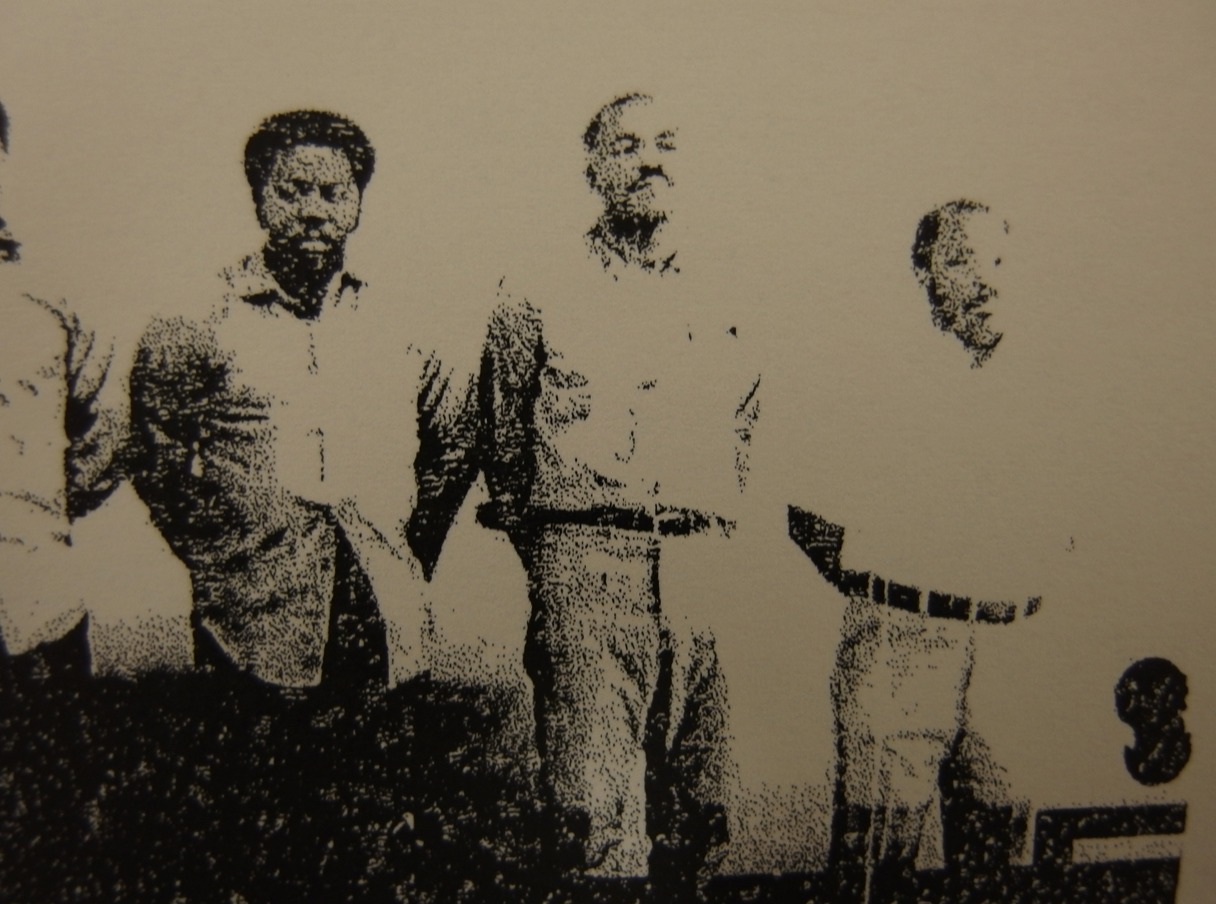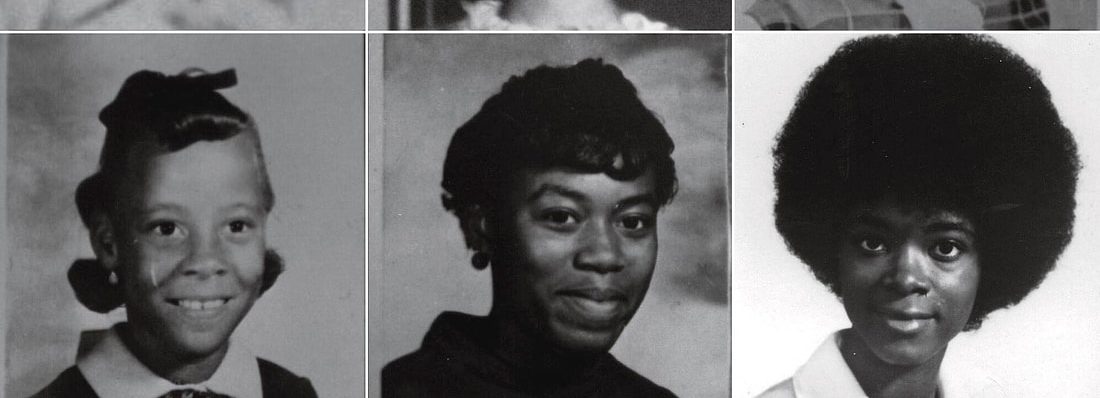Investigation Discovery’s ‘People Magazine Investigates: The Freeway Phantom’ follows a serial murderer who called themselves the Freeway Phantom. They operated in Washington, D.C, between April 1971 and September 1972 and were involved in the killing of a minimum of six minor black girls. One of the prime suspects, who the investigators thought was the concerned serial killer, was a man named Robert Elwood Askins, who had a pathological hatred for women. So was he really the Freeway Phantom? Let’s find out!
Was Robert Askins Freeway Phantom?
Robert Elwood Askins was a 19-year-old student and member of the science club at Miner Teachers College in Washington, D.C., in December 1938. He reportedly had a pathological hatred toward women, which resulted in him committing several crimes against the opposite gender. On December 28, 1938, Robert, fueled by his hatred, served cyanide-laced whiskey to five sex workers at a local brothel. The cruel act resulted in the death of one woman, 31-year-old Ruth McDonald.

Just two days later, Robert stabbed to death Elizabeth Johnson, 26, at the same brothel. However, he was caught this time and arrested for the murder he committed on December 30, 1938. He was subsequently held in custody, where he revealed his pathological hatred for women during his interrogation session with police officers of the Washington Police Department. The authorities decided to place him under mental observation at Washington, D.C.’s Gallinger Hospital.
While being admitted there, Robert was involved in a violent incident where he tore off his restraints and assaulted three of the hospital orderlies with a chair before he was finally caught and subdued. He was put on trial, and it was reportedly learned that he used to work as an informant for the local police, helping them apprehend sex workers. Robert was declared criminally insane in April 1939 and was kept under observation at the St. Elizabeths Hospital in Southeast, Washington, D.C.
The suspect was released in April 1952, and he again strangled another woman, Laura Cook, in late 1952. Accused of several other similar types of assaults, he was indicted for Laura’s murder in 1954. Moreover, Robert was tried for the murders he committed in 1938 after being determined to be sane while executing them. Nevertheless, he claimed he was trying to commit suicide by ingesting the cyanide and not trying to hurt others.
A jury refused to believe Robert’s claims, and he was convicted of second-degree murder and handed a sentence of twenty years to life. But the conviction was overturned four years later, in 1958, on the grounds of a legal technicality. Afterward, Robert worked as a computer technician and was again charged with the rape and abduction of another 24-year-old woman inside his Washington, D.C., home in March 1977. After interviewing him, a police detective got a search warrant to enter his house and found soiled women’s scarves, pictures of minor girls and young women, a knife used in an unrelated crime, and an essay from a girl.
Albeit, the most significant piece of evidence they found was in a desk drawer of Robert’s rowhouse- court documents where the word ‘tantamount’ had been used. This was important because detectives had noticed the use of this relatively uncommon word in the note by Brenda Woodward’s body, an alleged victim of the serial killer known as Freeway Phantom. The investigators learned that Robert frequently used this word as an attempt to “stress the importance of matters related to his work.”
Detectives additionally interviewed Robert’s colleagues at the National Science Foundation to learn that he frequently used the word in his speeches. The police managed to get another warrant in April 1977 that allowed them to search the suspect’s vehicle, and police reports state that they obtained two buttons and a gold earring under his backseat. Nonetheless, police could never find any physical evidence that tied him to the murder of the six girls connected to the Freeway Phantom.
Robert Askins Died in Jail
Robert was convicted of two abductions and rapes in Washington, D.C., during the mid-70s and was given a life sentence. He was contacted several times by the press and investigators over the years regarding the Phantom Freeway killer, yet denied any involvement in the serial murders. As per reports, Robert stated that he did not have the “depravity of mind required to commit any of the crimes.” As per many experts and investigators involved in the case, later on, he never fitted the serial killer’s profile. Robert died at the Federal Correctional Institution in Cumberland, Maryland, on April 30, 2010, at 91.
Read More: Were Edward Sullivan and Tommie Simmons Freeway Phantom? Where Are They Now?


You must be logged in to post a comment.